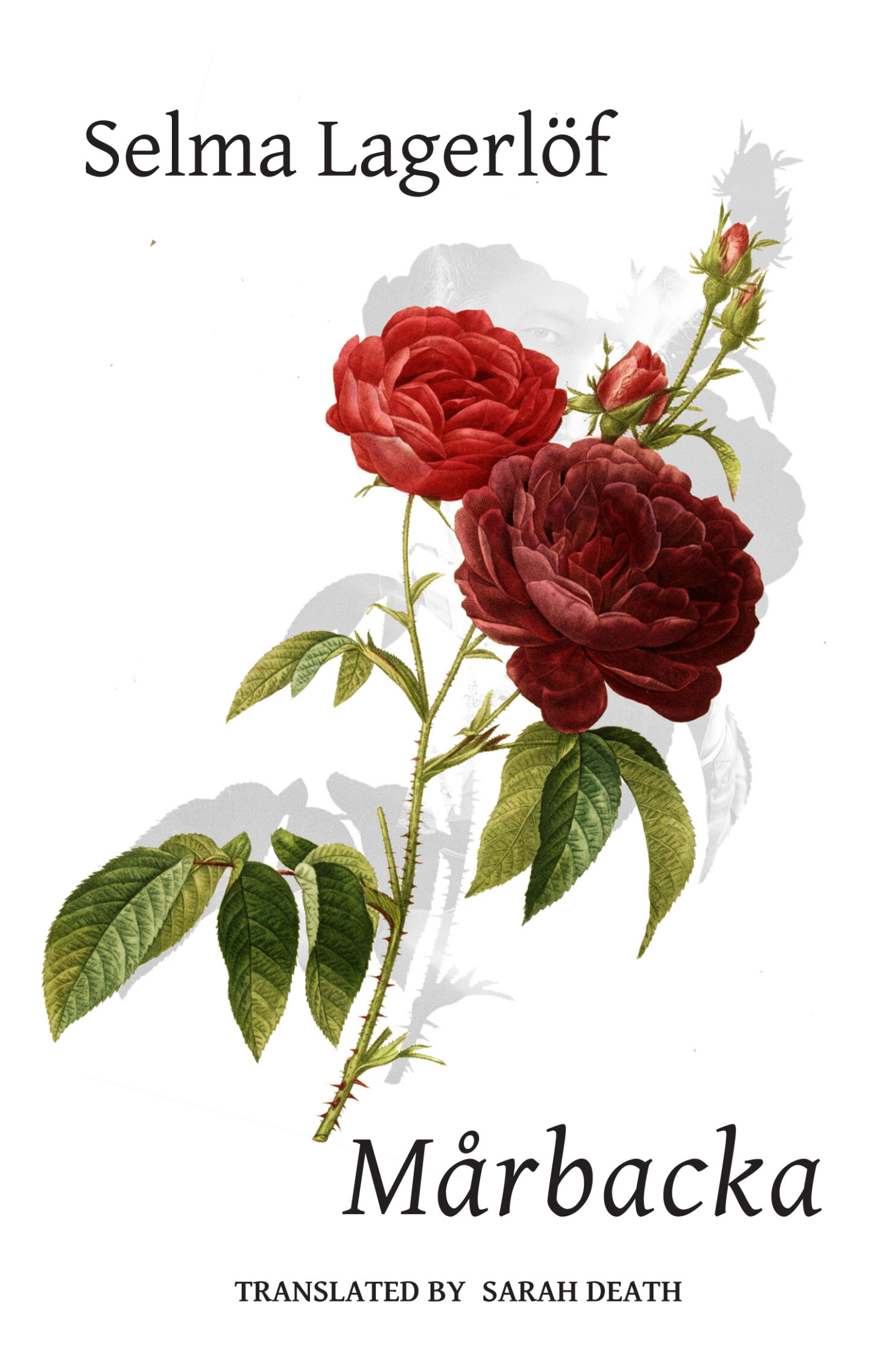Mårbacka
Translator: Sarah Death
Author: Selma Lagerlöf
Publisher: Norvik Press
Year of Publication: 2016
Once they were ready at around half-past seven, their beds hastily made, a tray would be sent up from the kitchen bearing bowls of oatmeal with cream piped on top and some big open-sandwiches made with home-baked crispbread.
There is sadness and joy, security and affection, loss and tribulation and generally never a dull moment for Selma and her siblings growing up at Mårbacka. Named after the author’s beloved childhood home and first published in 1922, this book is the first part of a notionally autobiographical trilogy and an enchanting, in many ways surprising text. It can be read as many things; memoir, autofiction, even part of Lagerlöf’s myth-making about her own successful writing career. It is part folklore, part social and family history, part mischievous satire in the guise of an innocent child’s-eye narrative, part declaration of a daughter’s love for a fallible father. A medley of anecdotes and a kaleidoscope of local characters sweep the book along to its culmination in a huge, glorious, valedictory summer night’s birthday party.

